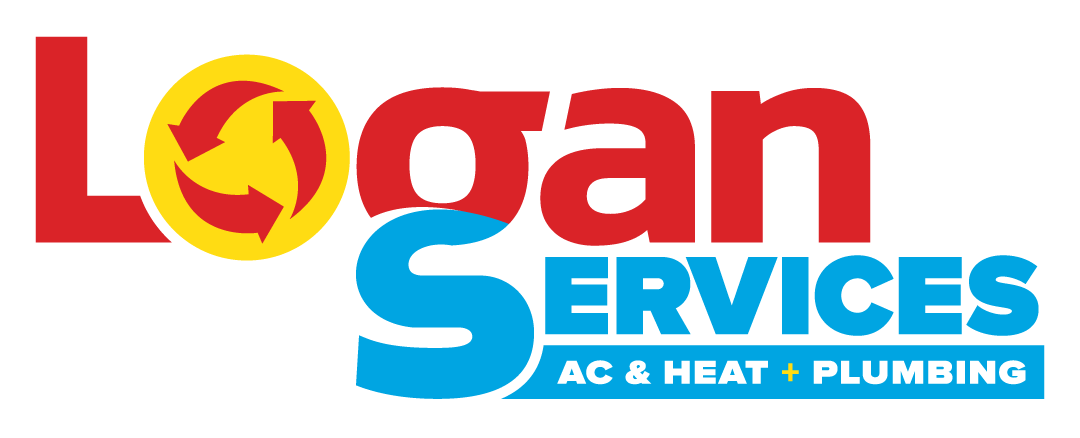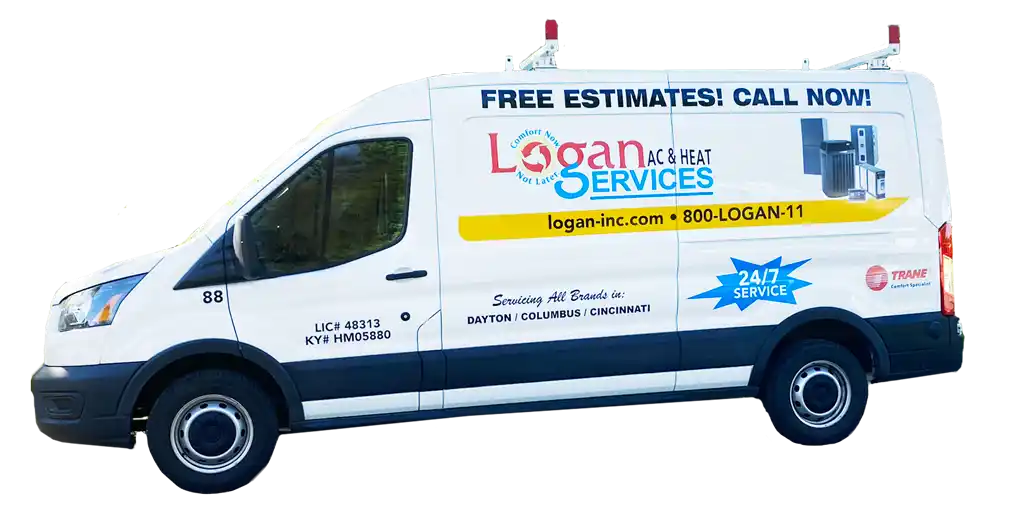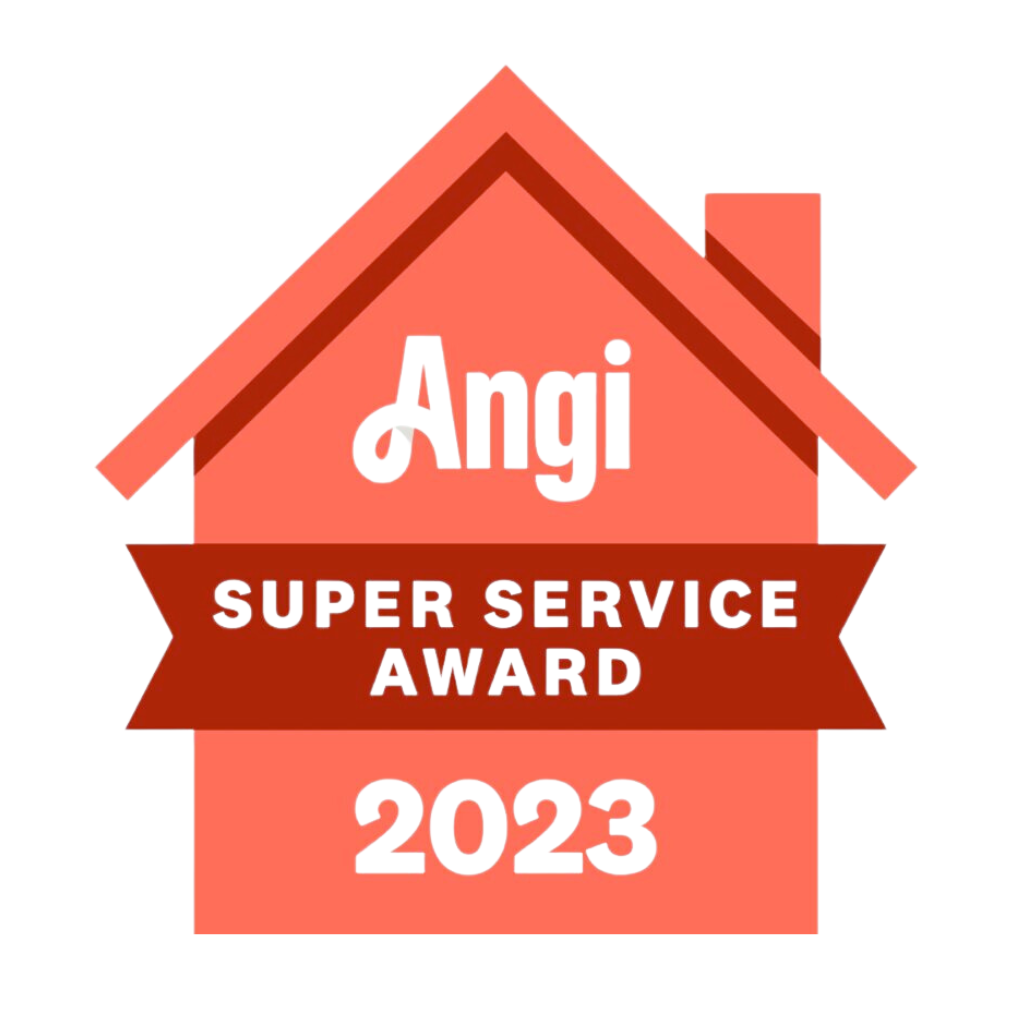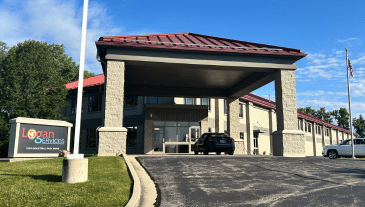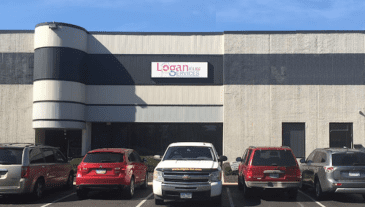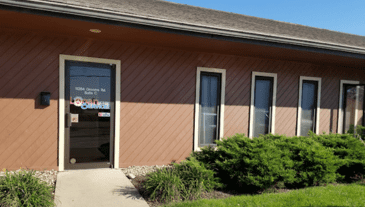The thermocouple is a small but important component in your natural gas furnace. This device sits very close to the pilot light flame and generates a small electrical voltage when heated. This voltage signals to the gas valve that the pilot light is ignited, so gas will continue flowing to the burners. If the thermocouple gets covered in debris or corroded over time, it can no longer effectively sense the pilot flame, and furnace operation may be disrupted. Performing some simple annual cleaning of your furnace’s thermocouple can optimize efficiency and safety.
What is a Thermocouple?
A thermocouple is a safety device about the size of a pea that is constructed from two different metals joined together. It constantly monitors the pilot light flame. The key roles of the thermocouple are:
- Sensing when the pilot light is on to open the gas valve so gas can flow to the main furnace burner
- Shutting off the gas valve if the pilot light goes out to prevent raw gas from accumulating in the furnace
Keeping the tip of the thermocouple clean from dust, debris, corrosion, or cracks is essential for appropriate operation.
Locating the Thermocouple
The thermocouple sits very close to the pilot light, near the burners in the main portion of the furnace. It has a small wire that runs from the base to the gas valve. To access the thermocouple for cleaning, you’ll need to carefully detach a panel on the furnace. Refer to your owner’s manual for detailed location. Improper reassembly of the furnace can be dangerous, so use caution when accessing components.
Steps for Furnace Thermocouple Cleaning
Cleaning your furnace thermocouple annually takes only 10-15 minutes but is crucial preventative maintenance. Follow these key steps to complete a thorough cleaning process:
Turn Off Power and Gas Supply
Disconnect electrical power to your furnace and turn off the gas at the front valve before any servicing. This eliminates the risk of shocks or ignition while cleaning.
Remove from Burner Assembly
Carefully detach the thermocouple from its securing bracket near the pilot light housing so you can better access and handle the tip for cleaning purposes.
Grasp the thermocouple gently with your fingers, thumb, and forefinger right behind the first 1⁄4 inch of the tip. Slowly rotate and maneuver it loose from its holder, taking care not to place any bend or torque on the device or wiring connected to it.
The small wires that transmit signals from the thermocouple to the gas valve are very fragile. Make sure not to pull, disconnect, detach, or otherwise damage any of the wiring leading back to the gas valve while removing the thermocouple from the pilot bracket. If wires get severed, or connections come loose, the thermocouple will cease to function properly in signaling the pilot status to shut off the gas flow.
Blow away Debris
Use short bursts of compressed air to blow dust and debris off the first 1⁄4 inch of the thermocouple’s tip. Ensure no debris falls into the pilot assembly.
Scrub Corroded Areas
Gently scrub any corrosion or oxidation on the thermocouple tip using very fine steel wool or a green cleaning pad. Take care not to bend or damage the internal sensor.
Rinse and Dry
After scrubbing, rinse the tip under running water. Allow the thermocouple to dry before reassembly fully. Make sure no moisture remains in the pilot housing area.
Inspect Conditions
Closely visually inspect the thermocouple tip and the entire length for any cracks or damage that would require replacement. Also, note any debris clogging burner ports.
Reattach and Restore Gas/Power
Reconnect the thermocouple securely in the bracket and confirm that the wires are intact. Restore the gas valve setting and electrical power once the cleaning steps are complete.
Maintaining Your Thermocouple
Staying ahead of thermocouple corrosion through annual cleaning prevents many furnace performance issues down the road:
- Keeps pilot flame stable so it can properly ignite furnace burners. A clean thermocouple that accurately senses the pilot flame means the main gas valve will open to allow gas to reach the burners to heat your home.
- It avoids emergency furnace repairs if the thermocouple fails unexpectedly. If debris builds up or corrosion advances too far before you clean, the thermocouple can suddenly cease working correctly during furnace operation in cold weather. This causes the pilot to go out repeatedly, and your furnace will stop heating.
- Optimizes fuel efficiency by allowing proper combustion. A clean thermocouple helps ensure steady, perfect alignment between the pilot flame and the thermocouple tip. This precise heat transfer allows the optimal voltage signal to the valve so the gas flow can properly match heating demand. Good combustion efficiency reduces your fuel bills.
Be alert to signs of a failing thermocouple, like repeated pilot outages, burner ignition troubles, electrical noise, or bad smells. Schedule inspection or replacement if any of these problems persist. Never allow a damaged thermocouple to remain in service.
When to Call a Professional
While minor thermocouple cleaning can be a do-it-yourself project, replacement or extensive repairs should be performed by a licensed HVAC technician. The professionals have specialized tools and testing capabilities to ensure optimum and safe operation.
Allowing debris or corrosion to build upon your furnace’s thermocouple can lead to lowered efficiency, unexpected shutdowns, and safety risks over time. By incorporating an annual cleaning into your maintenance routine, you can optimize performance and extend the system’s lifespan. Pay attention to any emerging thermocouple issues and always call in a professional for replacement needs. Consistent care of this small component brings big dividends for your home’s comfort and safety.
The Logan Difference
Logan A/C & Heat is a family-owned company taking a “white glove” approach to HVAC service. Our techs undergo robust training to deliver best-in-class installations. We ensure on-hand parts and consistent communication so your job stays on track.
Every task gets checked by seasoned managers. Before wrapping up, we will walk you through your new system to address questions and prevent future calls. Our level of care, quality of work, and focus on your needs from start to finish make Logan A/C stand out. We make it our business to exceed customer expectations each time!
Frequently Asked Questions (FAQs)
Why does my pilot light keep going out?
If your pilot light repeatedly goes out, it likely indicates an issue with the thermocouple not properly sensing the pilot flame. Built-up debris or corrosion on the thermocouple tip can prevent appropriate voltage signals. Carefully complete the cleaning process as described above often resolves this.
How do I know if my thermocouple is bad?
Warning signs your thermocouple needs replacement include the pilot light not staying lit, burners failing to ignite, smelling gas fumes, or seeing discoloration/damage on the component. If the cleaning process doesn’t restore proper performance, replacement is required.
What happens if I don’t replace a bad thermocouple?
Allowing a malfunctioning thermocouple to remain in your furnace is extremely unsafe and will likely lead to unpredictable shutdowns, gas leaks, carbon monoxide hazards, or catastrophic failure. Always address thermocouple issues promptly.
Can I clean my thermocouple instead of replacing it?
If the thermocouple tip is only lightly corroded or covered in dust/debris, cleaning may restore functionality. But if you find any cracks, bent wires, or significant corrosion pitting on inspection, replacement is the safest option.
